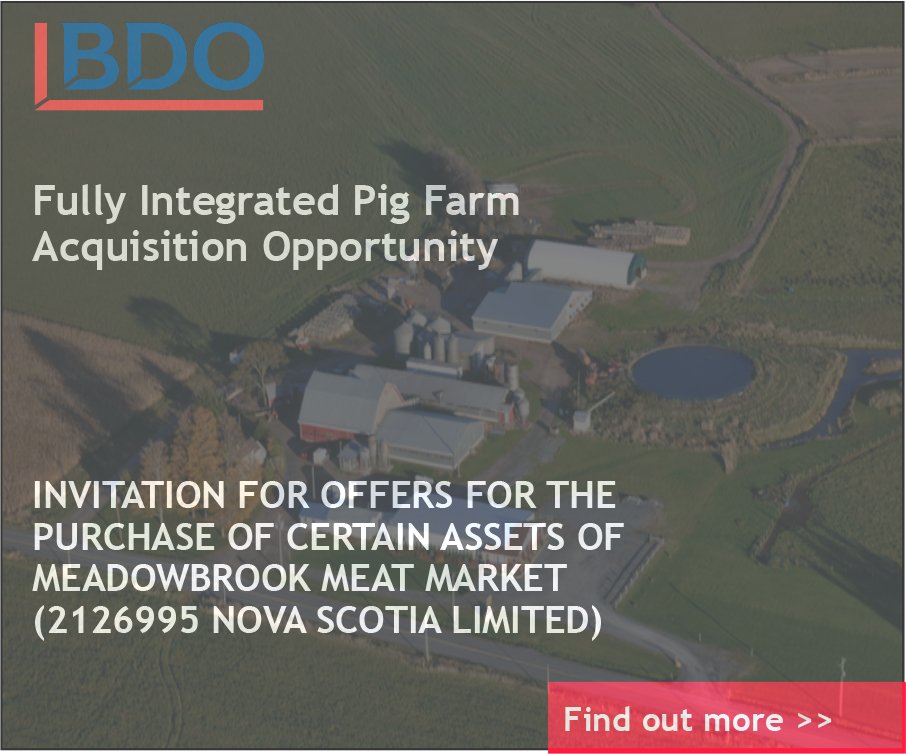Traditional apple orchards transforming into fruiting walls
/by Michelle Cortens
When asked to imagine an apple orchard, I suspect there are lingering images of large and bushy trees – traditional remnants of a production system that is largely out of date.
Historically, trees were planted in low-density systems with ample space for trees to eventually grow and fill. Nowadays, trees are kept small on dwarfing rootstocks and are planted in high-density systems to quickly fill their allotted space. The result is that orchards have a surprisingly modern appearance, and I’ll go on to explain why high-density is a successful approach.
It’s true that high-density plantings raise the cost of the initial investment because of the increased need for infrastructure. Higher densities mean more trees are needed per acre. Trees are also anchored using expensive trellis because dwarfing rootstocks need extra support. Also, growers may purchase new equipment to fit the narrow between-row space. The high initial investment might seem daunting but the benefits lie in the profitability of the high-density system.
High-density plantings increase the number of trees per acre and therefore the crop fills its space quickly. If five small trees grow in place of one large tree, the five small trees will fill their space more quickly and produce impressive fruit loads relatively sooner. High-density, therefore, reduces the time it takes an orchard to reach its maximum yield. And the goal is to reach the maximum yield quickly because the apples start paying off the planting costs.
Greater profits – particularly in the early years of production – mean that the return on investment actually happens sooner in a high-density orchard. A 2009 cost-of-production study from Nova Scotia found that a low-density unsupported orchard planting at 300 trees per acre does not reach the expected mature yield until year 14. However, a supported orchard at 800 trees per acre reaches the mature yield in year seven. The high-density system produces high, early yields that outweigh the investment costs.
High-density systems are also associated with improved fruit quality. Trees are trained to a narrow shape that allows good sunlight exposure into the canopy, and better light means better fruit quality. When sunlight contacts an apple’s skin, the pigment anthocyanin develops and is responsible for the red blush colour that is associated with high-quality fruit. By increasing the proportion of highly coloured fruit, the crop becomes more valuable in the fresh market.
The narrow tree shape is maintained by using dwarfing rootstocks, but pruning practices also keep the trees small. Pruning practices keep the fruiting wood close to the trunk to limit internal shading. This means that when it’s time for pruning, orchardists cannot fall in love with wood because they’re in the business of growing fruit.
Another benefit is that simple canopies increase labour efficiency. You can imagine that pruning a fruiting wall is much quicker than pruning large, widely spaced trees. The same goes for fruit thinning and harvesting. Increasing the efficiency reduces the cost of labour, which is one of the most significant operating costs in an orchard.
Finally, narrow and uniform canopies in high-density systems prepare orchards for mechanization and automation. Many Nova Scotia apple growers are already adopting mechanized platforms to replace ladders. In the not-so-distant future, growers might have access to digital technology to estimate crop load, and might even have access to robotic harvesters.
The caveat of automated technology is that trees must be uniform and fruit must be highly visible because automated technologies can count and work only with what they see. Therefore, growers wishing to use emerging technologies are tailoring their canopy systems using high-density plantings.
Some people might reason that bushy, low-density trees are nostalgic. Customers of pick-your-own orchards might be drawn toward the traditional tree shape. But what isn’t there to love about a fruiting wall?
(Michelle Cortens is a tree fruit specialist with Perennia Food and Agriculture Inc. based in Kentville, N.S.)










